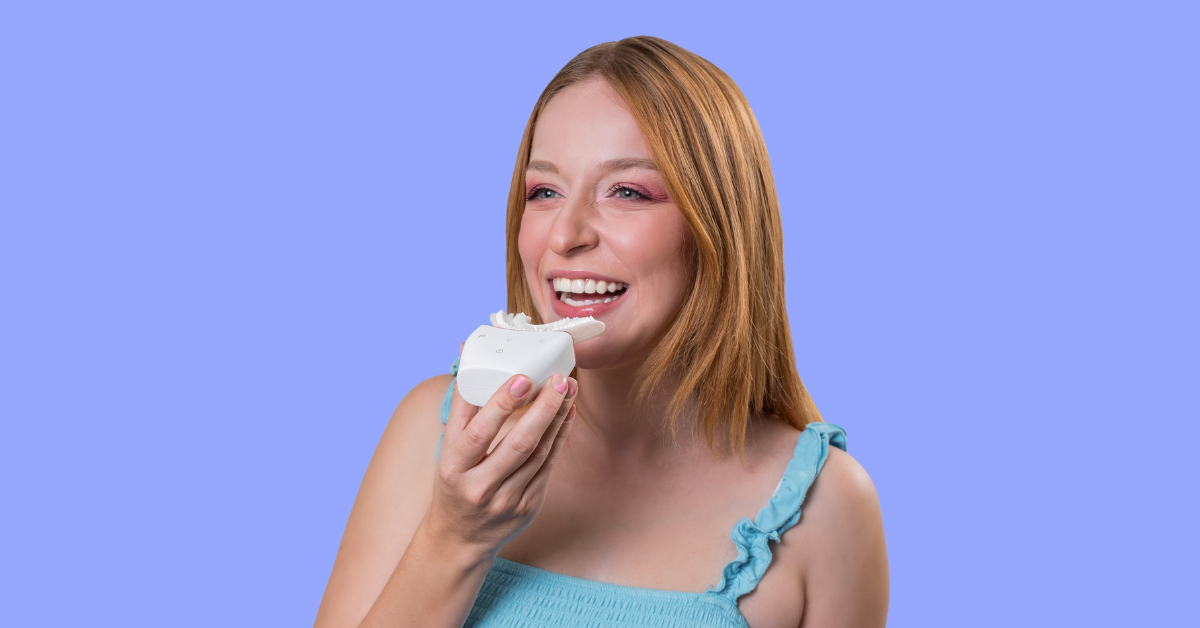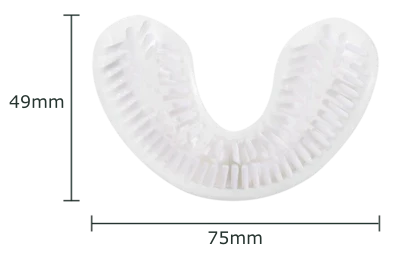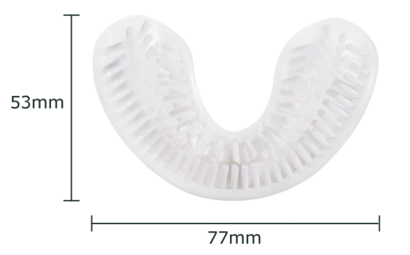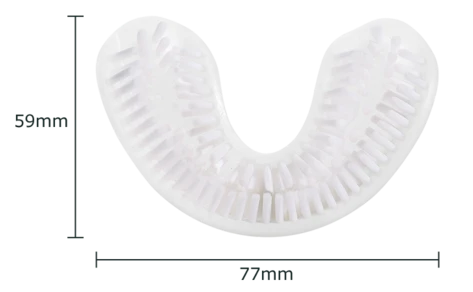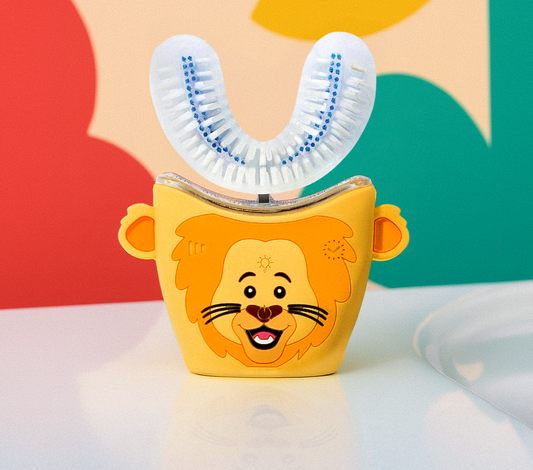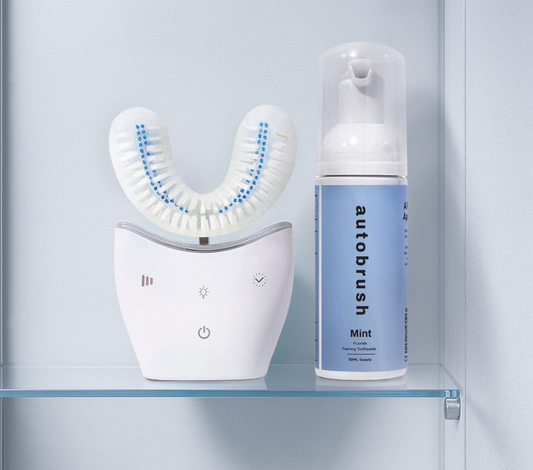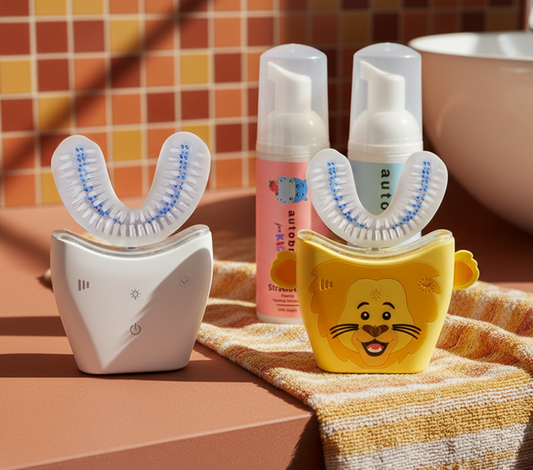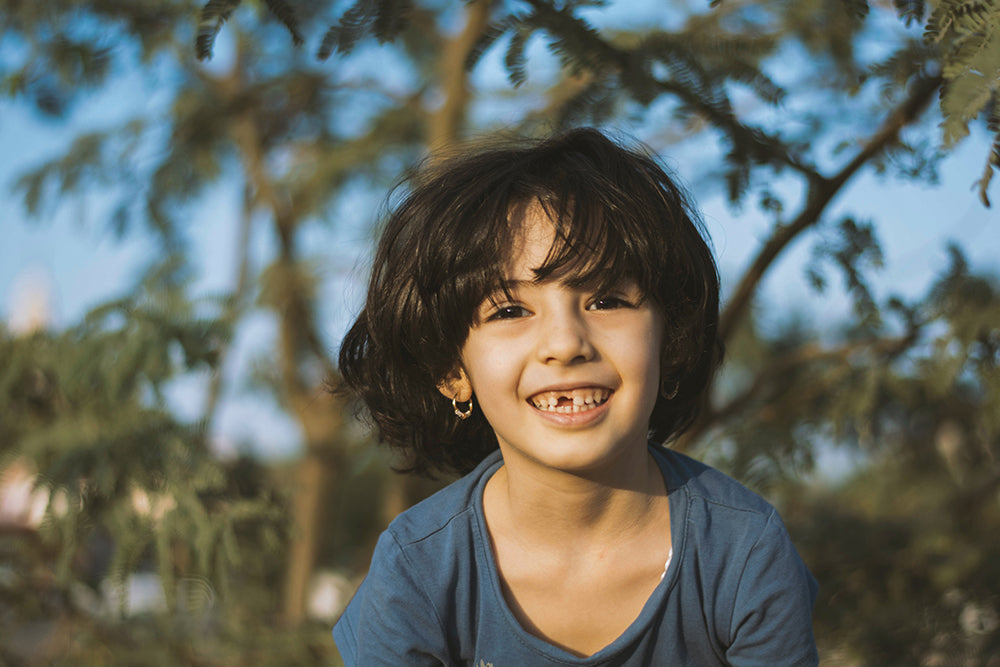
The Ultimate Guide to Your Child's Dental Health: Age 6-12+
The Important of Permanent Teeth and Proper Dental Habits
Welcome to the ultimate dental care guide for kiddos ages 6 to 12 years old!
Have younger kids? Check out our dental care guides for babies and preschoolers.
Your little sidekick is growing up and so are their teeth! Between this age range, your kiddo will lose all 20 of their baby teeth and grow their permanent smile of 32 teeth.
This guide will cover how to support your independent brusher, what to expect during tooth loss, what to look for during adult tooth eruptions, and when to schedule their dental and first orthodontal checkups.
Let’s get started!

When Will Your Kiddo Start Losing Their Teeth
Get the Tooth Fairy on speed dial because if your little one hasn’t lost a tooth yet – it may happen any day now!
Tooth loss typically starts around the age of 6 - 7 years old and ends around 10 - 12 years old. However, if your child erupted their first baby tooth early, they may start losing teeth as soon as 5 years old.
Timeline for Baby Tooth Loss

Most baby tooth loss is due to adult tooth eruption. When a permanent tooth erupts, it applies pressure to the roots of the baby tooth it will replace – dissolving the tooth’s roots. This is what makes the tooth wiggly and eventually falls out.
The image below shows when you can approximately expect your child to lose a tooth.
Note: Some children may lose teeth earlier or later and out of the usual order listed.
When Do Permanent Teeth Come In?
Permanent teeth can grow as quickly as one week after tooth loss. Other times, it may take up to 6 months for a permanent tooth to grow completely.
Regardless of when your kiddo does lose a tooth, be sure to grab a camera and document their toothy smile. Their goofy grin won’t last forever!
Timeline for Permanent Teeth Growth

Symptoms of Tooth Eruptions
As your child’s permanent teeth start erupting, they may deal with a few aches and pains including:
- Headaches
- Cheek biting
- Ear or jaw pain
- Low-grade fever
- Swelling or inflammation
All of the symptoms above should only last a few days. If pain persists longer, contact your pediatric dentist.
How To Sooth Aching Gums During Eruptions
To help your kiddo deal with the discomfort of tooth eruptions, try one of the following natural remedies: gently massage their gums with a clean, soft-bristled special needs toothbrush.:
- Gently massage their gums with a clean, soft-bristled toothbrush
- Eat cold foods
- Gargle warm salt water to combat inflammation
*For especially painful eruptions, like the growth of back molars, ibuprofen may be taken. Talk to your provider about any questions or concerns about proper dosage for your child.
Is it normal for permanent teeth to grow in before baby teeth fall out?
Yes, it’s actually very common for this to happen. Permanent teeth don’t always dissolve the roots of baby teeth, resulting in the permanent tooth growing behind the baby tooth.
Double rows of teeth, also referred to as shark teeth usually are not a reason for concern. The baby tooth typically falls out on its own. However, some pediatric dentists may suggest removal if…
- Your child is experiencing pain or discomfort
- The double row is impeding proper brushing
- The permanent tooth is erupting incorrectly

What are retained primary teeth?
Some baby teeth are here to stay and become retained primary teeth. Oftentimes, this occurs when the adult tooth that should have replaced the baby tooth is missing – a condition known as tooth agenesis.
Tooth agenesis is one of the most common developmental abnormalities in dentistry with 20% of all adults missing at least one tooth.
Your dentist will be able to advise you if your child is likely to have tooth agenesis and if extraction is necessary.
Why do new permanent teeth look yellow?
Dentin is a material that lays beneath the tooth’s hard, translucent material called enamel. It’s usually a pale yellow color and darkens with age. Your kiddo’s primary teeth, also known as milk teeth, have fewer layers of dentin than their emerging adult teeth. So in comparison, their new teeth may appear slightly yellow.
If your little one is self-conscious about this transition, remind them that their tooth coloring is completely natural. Teeth whitening should not be recommended for children ages 14 or younger.
🦷️ Toothy Tip: Consult with your pediatric dentist if one tooth is significantly darker or discolored than the others.
Is it normal for your child’s permanent teeth to have bumpy ridges?
Yes! The bumpy ridges along the edge of your kiddo’s new tooth are called mamelons and are usually most noticeable on the front top two and bottom two teeth. Over time the wavy edge will be naturally filed down as your child eats.

How to Take Care of Your Child’s Teeth
Brush twice a day
Your little brusher is not so little anymore! By 8 years old, your child is ready to brush their teeth independently, morning and night. But don’t let them spread their wings too fast!
Check your child’s mouth regularly during the first couple of months of independent brushing to ensure they are keeping up their healthy habits. If not, rebrushing should be encouraged.
🦷️ Toothy tip: Don’t love rebrushing? Whole mouth toothbrushes like the AutoBrush Pro Kids make brushing error-free by brushing all the teeth at once. Shop AutoBrush’s Kids collection here.
Floss once a day
Your kiddo should continue flossing their teeth once a day before bedtime.
🦷️Toothy Tip: Make flossing extra fun with colorful giraffe flossers.
Limit sugary snacks & drinks
One of the best ways to protect your child’s teeth is by helping them choose healthy snacks.
Carbohydrates, sugars, and starches are found in many common kid snacks including pretzels, cookies, juices, chewy fruit snacks, and granola bars. Sadly, all of these tasty treats can lead to tooth decay.
While it’s not necessary to eliminate these sugary snacks, it’s recommended to encourage moderation with your child.
Healthy snack suggestions that are also teeth-friendly include:
- Celery and peanut butter
- Cucumbers
- Melons
- Cheese sticks
- Yogurt
*If you have further questions about your child’s nutritional needs, talk to your family provider.
Offer lots of water
Drinking plenty of water not only keeps your growing kiddo hydrated but also assists with washing away food particles lingering in the mouth. Encourage your child to sip on water throughout the day, especially after meals and snacks.
Kids Toothbrush Maintenance
- Store it correctly: Keep your child’s toothbrush standing up in a cool, dry place between uses to avoid bacteria growth.
- Sanitize it: Soak your kiddo’s toothbrush head in boiling water for 2-3 minutes every week.
- Replace regularly: Use a new toothbrush or AutoBrush brush head every 3-4 months or as soon as there are any signs of wear.
- Do not share toothbrushes with others.
When Should Your Kiddo Visit the Dentist?

Keep up your child’s bi-annual dental appointments in order to protect them from dental issues like cavities.
You may need to schedule additional visits if your child is experiencing the following:
- Teeth sensitivity
- Swollen or bleeding gums
- Pain in mouth, teeth, tongue, or jaw
- Difficulty chewing or swallowing food
- Damage to fillings, crowns, or any other dental restorations
- Chronic bad breath even after brushing, flossing, & cleaning tongue
When should your child first visit the orthodontist?
The American Association of Orthodontists recommends you bring your child in for their first check-up at age 7. Early visits allow an orthodontist to evaluate your kiddo’s mouth and prevent any potential issues such as an overbite or overcrowded teeth.
Final Thoughts…
You’ve made it to the end!
Before you go, let’s refresh on what we learned:
- Your child is ready to practice their dental hygiene habits independently
- Continue to encourage a balanced diet for your kiddo
- Be prepared for tooth loss & eruptions
- Visit your pediatric dentist regularly
- Schedule your child’s first orthodontal appointment by age 7
